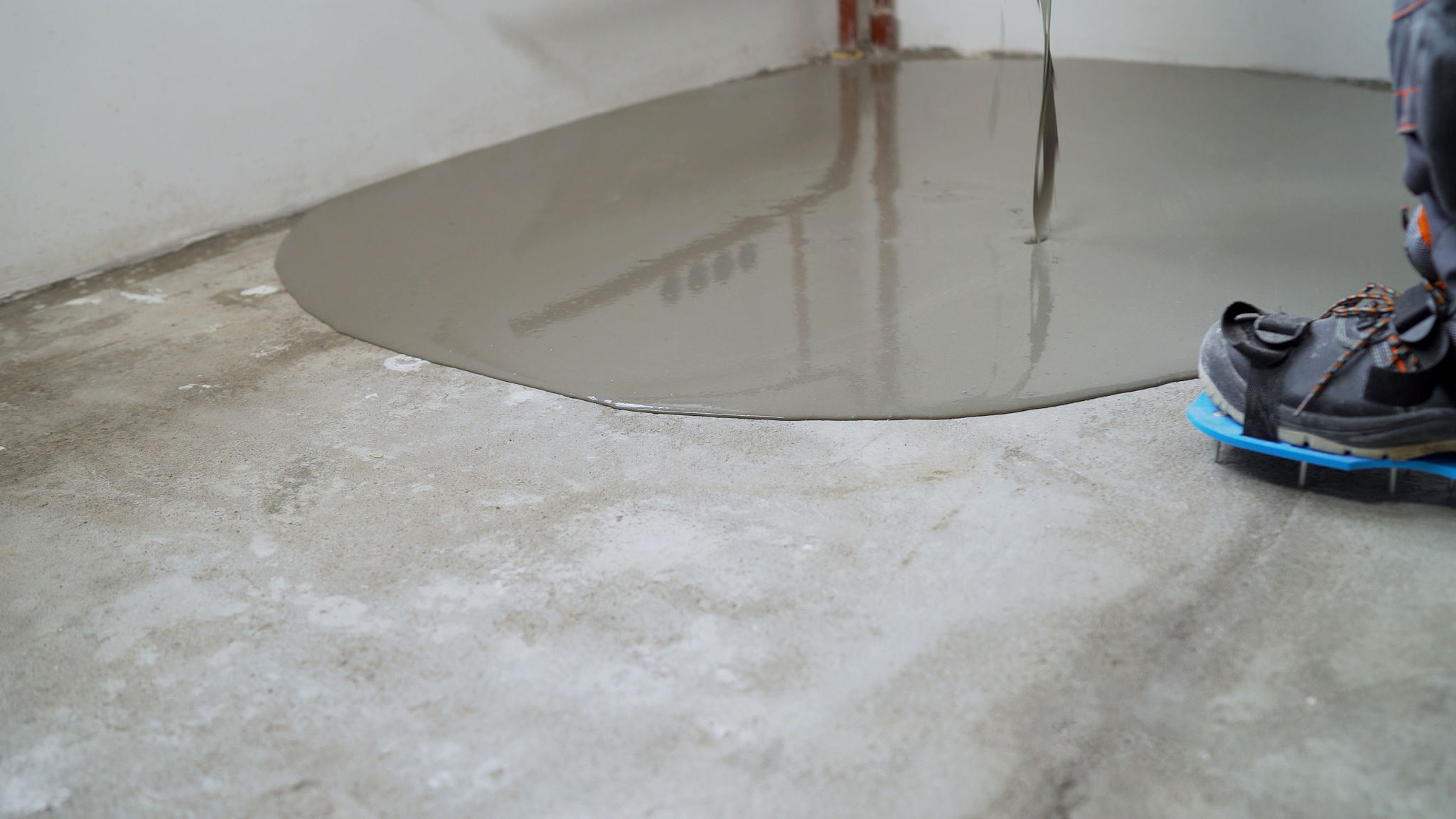Top 5 Concrete Repair Mistakes to Avoid
Understanding the Importance of Proper Concrete Repair
Concrete is a durable and versatile material, but it’s not immune to damage. Over time, cracks, spalling, and other issues can compromise the integrity of concrete structures. Addressing these problems promptly and correctly is crucial for maintaining safety and longevity. However, many people make common mistakes during the repair process that can lead to further damage. Here, we outline the top five concrete repair mistakes to avoid.
1. Ignoring the Root Cause
One of the biggest mistakes in concrete repair is failing to identify and address the underlying cause of the damage. Simply patching up cracks without understanding why they occurred can lead to recurring issues. Whether it’s due to poor drainage, soil movement, or heavy loads, it’s essential to resolve these factors to ensure a long-lasting repair.

2. Using the Wrong Repair Materials
Another common error is selecting inappropriate materials for the repair. Not all concrete is the same, and the repair material must match the existing concrete in terms of strength, texture, and color. Using the wrong products can result in poor adhesion, mismatched appearance, or even structural failure. Always consult a professional if you're unsure about which materials to use.
3. Inadequate Surface Preparation
Proper surface preparation is crucial for successful concrete repair. Skipping this step or doing it inadequately can prevent the repair material from bonding effectively. This includes cleaning the area thoroughly, removing loose debris, and sometimes roughening the surface to enhance adhesion. Neglecting these steps can lead to the repair peeling off or failing prematurely.

4. Poor Mixing and Application Techniques
The way you mix and apply repair materials can significantly impact the outcome. Incorrect mixing ratios can alter the properties of the material, leading to weak repairs. Similarly, improper application techniques, such as uneven spreading or not allowing sufficient curing time, can compromise the repair's effectiveness. Follow manufacturer instructions precisely to avoid these pitfalls.
5. Overlooking Weather Conditions
Weather conditions play a significant role in the success of a concrete repair. Many people underestimate the impact of temperature and humidity on curing times and material performance. For instance, repairs made in extremely hot or cold conditions may not set properly, leading to cracks or incomplete bonding. Always check the weather forecast and plan your repairs for optimal conditions.

Ensuring a Successful Concrete Repair
Avoiding these common mistakes can help ensure a successful concrete repair that extends the life of your structures. Properly identifying the cause of damage, choosing the right materials, preparing surfaces adequately, applying materials correctly, and considering weather conditions are all critical steps. By taking these precautions, you can maintain the durability and aesthetic appeal of your concrete features for years to come.